The Ultimate Guide to Choosing the Perfect Sliding Back Door for Your Home
When it comes to enhancing the aesthetics and functionality of your home, the choice of a sliding back door is pivotal. According to a report by the National Association of Home Builders, sliding doors account for approximately 30% of all patio door sales in the U.S., reflecting their popularity due to space-saving benefits and seamless indoor-outdoor transitions. In addition, a survey from the American Institute of Architects indicates that 60% of homeowners prioritize natural light and views when selecting doors, further emphasizing the value of a well-chosen sliding back door. With a variety of styles, materials, and technologies available, understanding the distinct options can make all the difference in creating a welcoming atmosphere while improving energy efficiency and security. This guide aims to provide essential insights and expert recommendations to help you select the perfect sliding back door that aligns with your home's design and functional requirements.
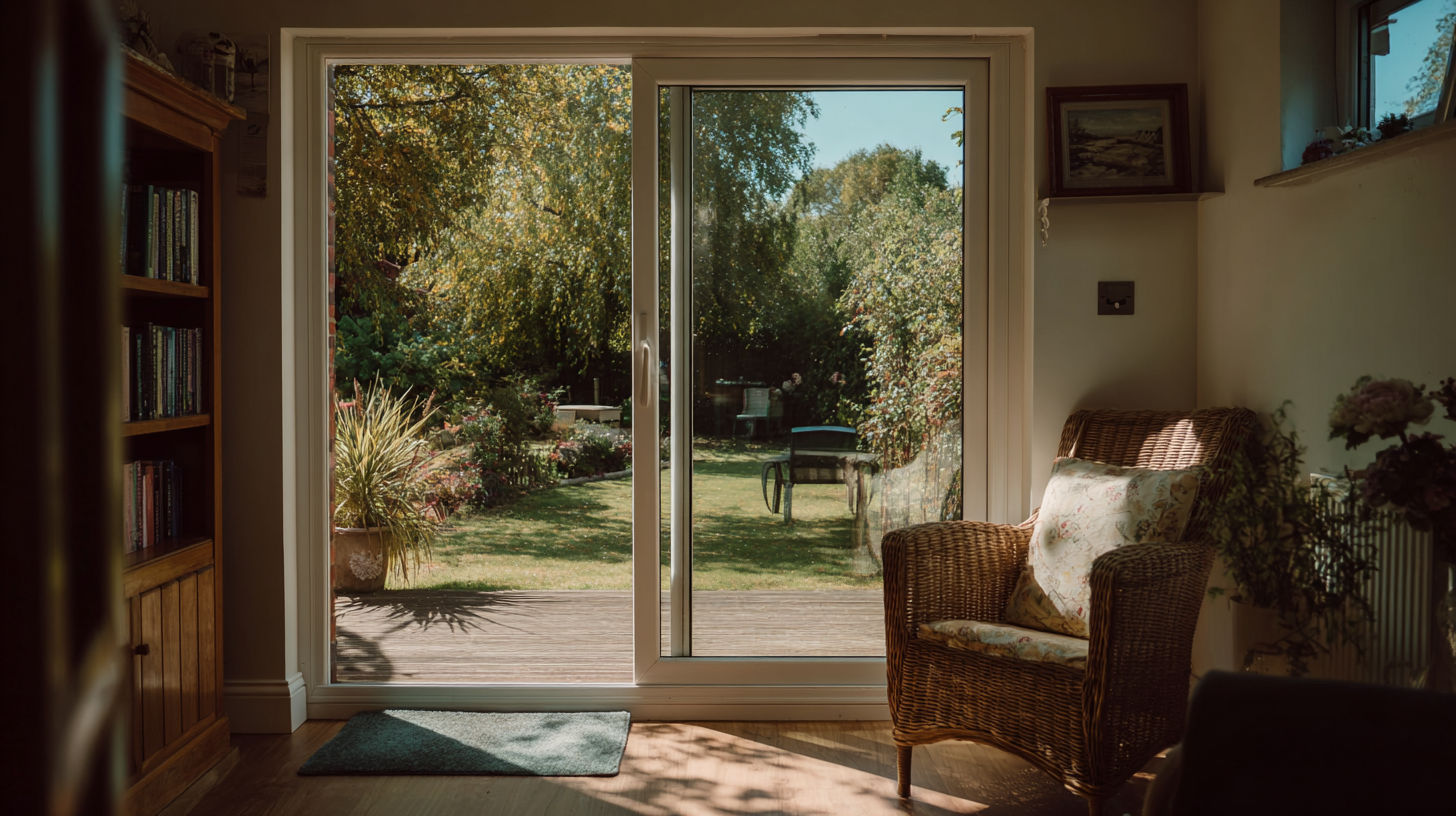
Understanding the Different Types of Sliding Back Doors Available for Your Home
When selecting the ideal sliding back door for your home, it’s essential to understand the various types available on the market. The most common styles include traditional sliding doors, bi-fold doors, and pocket doors. Traditional sliding doors consist of two panels that slide along a track, offering a simple and functional solution. They are perfect for homes where space is limited, allowing for uninterrupted access to the outdoors while maximizing natural light.
Bi-fold doors, on the other hand, are an elegant option that consists of multiple panels that fold to one side. This style creates a seamless transition between indoor and outdoor spaces, making it popular for patios and decks. If you’re aiming for an unobstructed view and an open space feel, bi-fold doors can truly enhance your living experience. Lastly, pocket doors slide completely into the wall, offering a space-saving solution that retains a clean aesthetic. Understanding these options will help you make an informed decision that aligns with your home’s style and your functional needs.
Key Features to Consider When Selecting a Sliding Back Door
When selecting a sliding back door, several key features should be considered to ensure it complements your home’s design and meets your functional needs. First, the material of the door plays a vital role in durability and maintenance. Common options include wood, fiberglass, and vinyl, each offering distinct advantages. For instance, wooden doors provide a classic aesthetic but require regular upkeep, while fiberglass options are resistant to fading and scratching, making them a practical choice for busy households.
Another important feature is the door's thermal efficiency. Look for models with double or triple-pane glass to enhance insulation and minimize energy costs. Additionally, consider the locking mechanisms and overall security features of the door. Advanced locking systems and tougher glass can provide peace of mind. Lastly, the size and design should align with your space, allowing for seamless integration into your home’s architecture while maximizing natural light and outdoor views. Taking these factors into account will help you choose the perfect sliding back door for your needs.
How to Measure Your Space for the Perfect Sliding Back Door Fit
When choosing the perfect sliding back door for your home, precise measurements are crucial to ensure a seamless fit that enhances both functionality and aesthetics. Start by measuring the height and width of the existing door frame. Use a tape measure to get the width at the top, middle, and bottom of the frame, as well as the height on both sides. This will help you identify any discrepancies that might require adjustments before installation. It's also essential to measure the depth of the wall where the door will be installed, as this influences the type of sliding door you can use.
In addition to measuring the frame, consider the space around the door. Ensure there is enough clearance for the door to slide open fully without obstruction. Measure the space on either side of the opening and account for any nearby elements such as trim, furniture, or landscaping. By taking these comprehensive measurements, you can avoid complications during installation and enjoy a beautiful, functional sliding back door that fits your home perfectly.
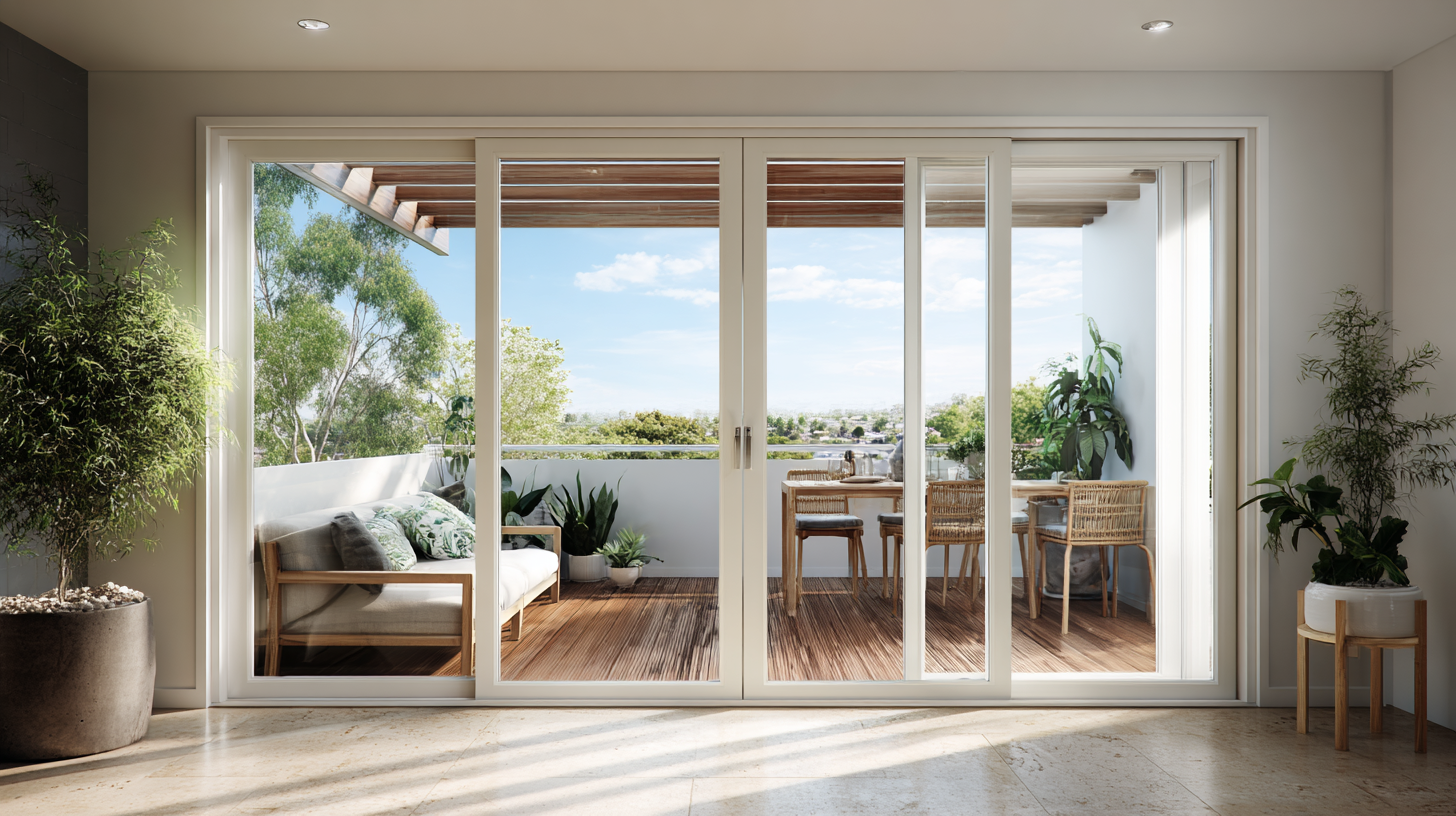
Choosing the Right Material for Your Sliding Back Door: Pros and Cons
When choosing a sliding back door, the material is a critical factor that can influence durability, maintenance, and aesthetic appeal. Common materials include wood, vinyl, aluminum, and fiberglass, each with its unique set of pros and cons. For instance, wood doors offer a classic look and excellent insulation but require more upkeep to prevent warping and rotting. On the other hand, vinyl is low maintenance and energy-efficient, making it an attractive option for modern homes.
Tips: When considering wood, opt for treated varieties that can withstand moisture. If you prefer a low-maintenance choice, look for a vinyl option with a warranty that covers fading and warping.
Aluminum doors are durable and resistant to rust, making them perfect for coastal areas. However, they may not provide the best insulation. Fiberglass is another great choice due to its strength and energy efficiency, but it can come at a higher price point.
Tips: Select aluminum doors with thermal breaks to improve energy efficiency. For fiberglass, check for styles that mimic the appearance of wood if you desire a traditional look without the maintenance. Ultimately, the right material will depend on your specific needs, climate, and design preferences.
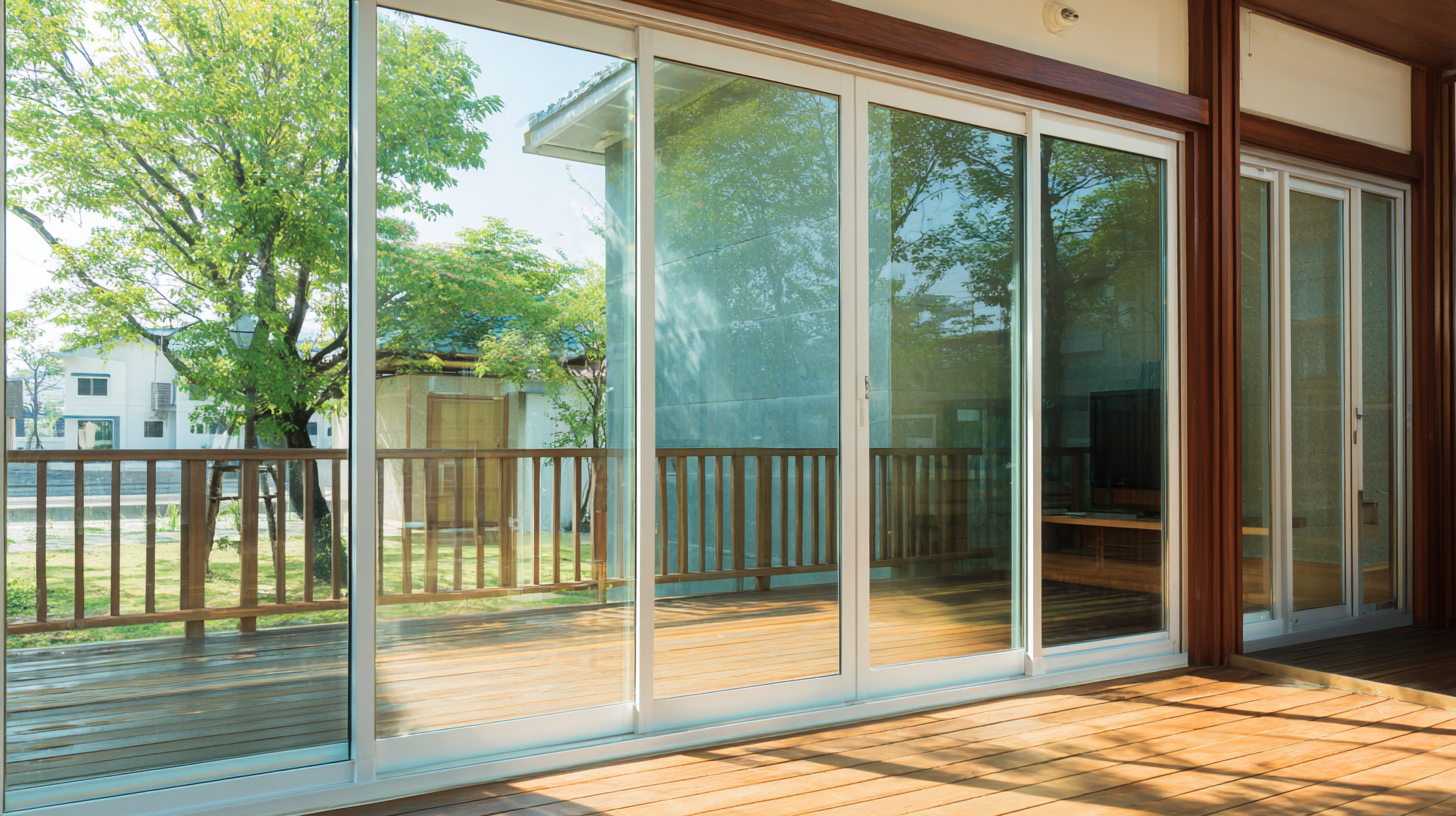
Tips for Enhancing Security and Energy Efficiency in Your Sliding Back Door Selection
When selecting a sliding back door, enhancing both security and energy efficiency should be a top priority. Studies show that homes with high-quality sliding doors can reduce energy loss by up to 30%, leading to significant savings on heating and cooling costs. Choosing a door with double or triple glazing can help improve insulation, while well-sealed frames prevent drafts, ensuring your home remains comfortable year-round.
**Tip 1:** Consider installing sliding doors with reinforced frames and shatter-resistant glass. According to the National Crime Prevention Institute, homes that have implemented stronger locks and robust door features can deter intruders by up to 62%. Investing in doors that meet industry security standards can provide peace of mind while maintaining aesthetic value.
**Tip 2:** Look for ENERGY STAR® rated sliding doors. Research from the U.S. Department of Energy indicates that such doors can reduce heating and cooling bills by up to 15% compared to standard options. Additionally, features like Low-E coatings can further enhance thermal performance by reflecting infrared heat, helping keep your home cooler in the summer and warmer in the winter.
Energy Efficiency Ratings for Sliding Back Doors
This chart displays the energy efficiency ratings of different types of sliding back doors available in the market. Higher ratings indicate better insulation and energy savings.
Related Posts
-

Maximize Your Living Space with Custom Patio Doors for Enhanced Energy Efficiency and Serenity
-

Essential Guide to Sliding Glass Door Replacement: Enhancing Your Home's Aesthetics and Security
-
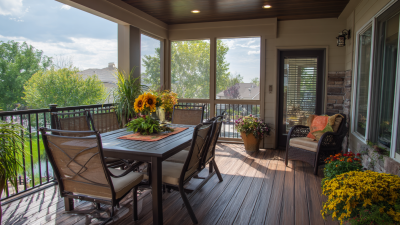
Upgrade Your Home A Comprehensive Guide to Patio Door Replacement
-

Maximizing Energy Efficiency: How Aluminium Sliding Doors Can Cut Your Utility Bills by 30%
-
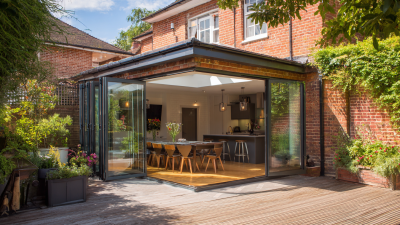
The Ultimate Guide to Choosing the Best Aluminium Patio Doors for Your Home
-
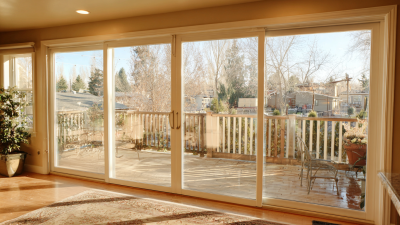
The Ultimate Guide to Choosing the Right Sliding Glass Door Replacement for Your Home

